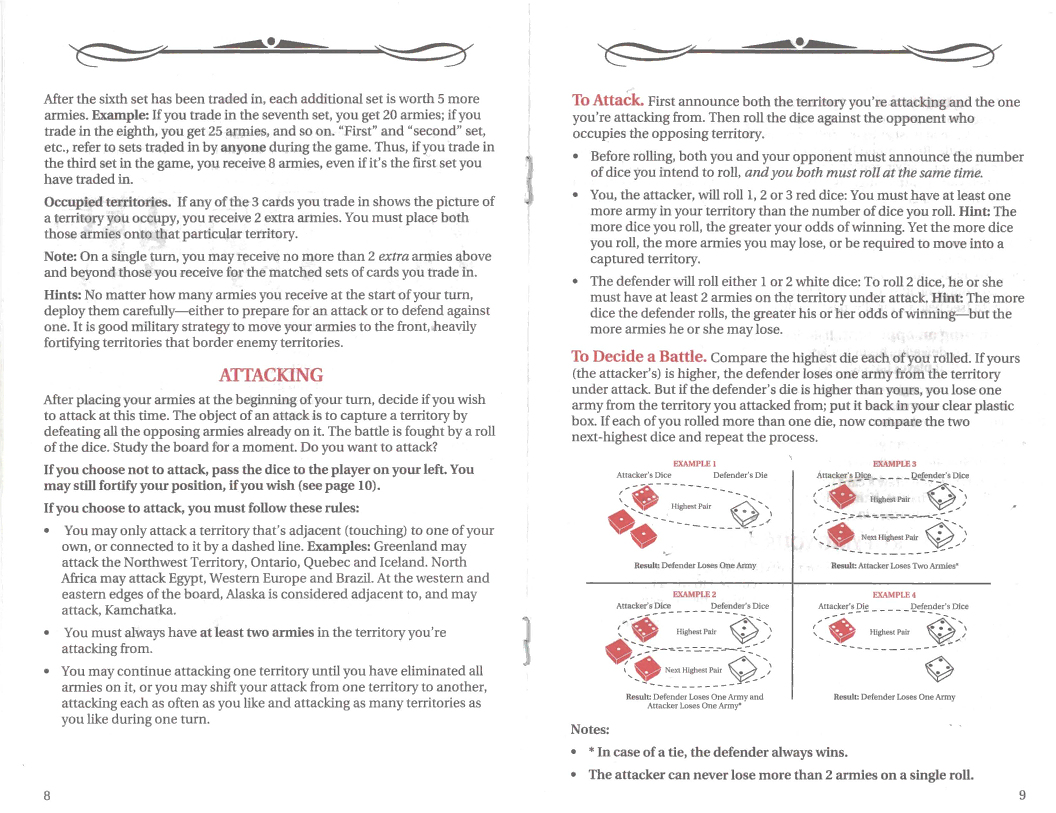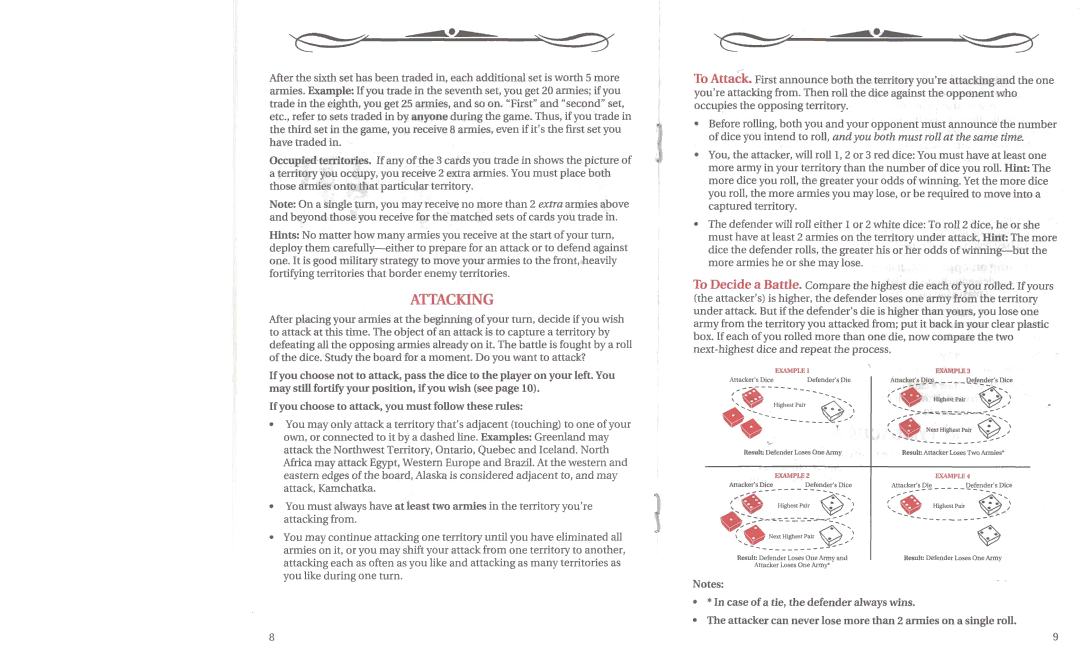Games specifications
Parker Hannifin Games represents an innovative and engaging way for the company to showcase its commitment to advanced technologies and engineering excellence. Parker Hannifin, a global leader in motion and control technologies, has successfully integrated gaming experiences into its marketing and education strategies, making complex concepts accessible and fun for engineers, students, and enthusiasts alike.One of the main features of Parker Hannifin Games is the interactive simulation environment it provides. These games are designed to simulate real-world engineering challenges, allowing users to explore the intricacies of motion control, fluid power systems, and automation technologies. By engaging players in problem-solving scenarios, the games not only impart valuable knowledge but also encourage critical thinking and creativity.
The technology behind Parker Hannifin Games employs advanced graphics and user-friendly interfaces, ensuring that players of all ages can easily navigate the challenges presented. The games incorporate realistic physics engines, allowing users to see the immediate consequences of their actions. This immersive experience enables users to understand the practical applications of Parker’s products, from hydraulic systems to pneumatic technologies.
Parker Hannifin Games also utilizes adaptive learning algorithms that tailor the gaming experience to individual player skills and progress. This means that users can continuously improve their abilities through adaptive challenges that evolve in complexity based on their performance. This personalized approach enhances engagement and promotes a deeper understanding of the underlying engineering principles.
In addition to educational tools, Parker Hannifin Games serves as a platform for team-building and collaboration. Many of the games encourage multi-player functions, which simulate real-world engineering teamwork. Players must communicate, strategize, and execute tasks collectively, fostering a spirit of collaboration that aligns with Parker Hannifin’s corporate ethos.
Another characteristic of these games is their focus on sustainability and innovation. Through gameplay, users explore how Parker’s technologies contribute to energy efficiency and environmental sustainability. The challenges often reflect real-world scenarios where players must find eco-friendly solutions, further emphasizing Parker Hannifin's dedication to creating a sustainable future.
In conclusion, Parker Hannifin Games stands out as an engaging fusion of technology, education, and teamwork. The integration of interactive simulations, realistic graphics, adaptive learning, and a strong emphasis on sustainability makes these games a valuable resource for anyone looking to delve into the world of motion and control technologies. Through this innovative approach, Parker Hannifin not only promotes its products but also inspires the next generation of engineers.

